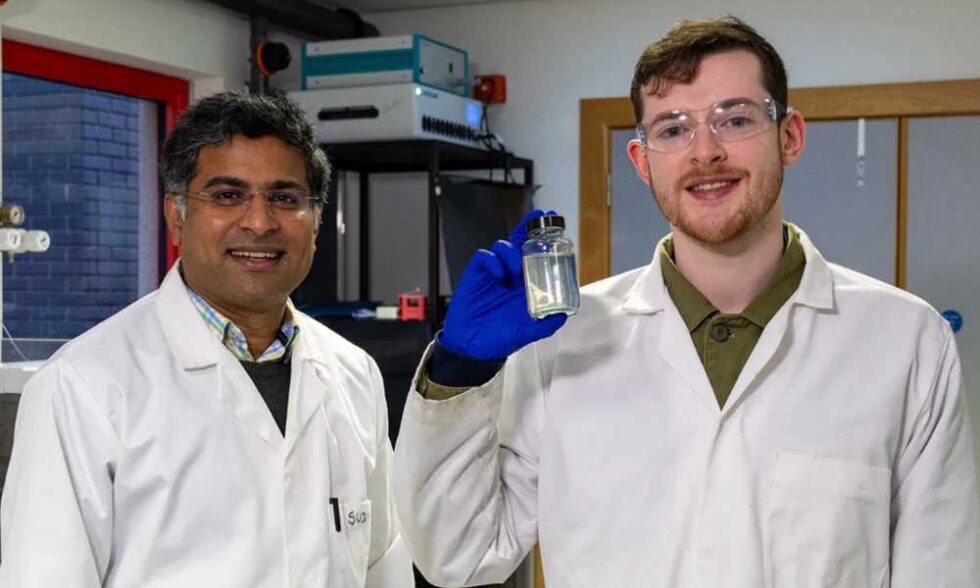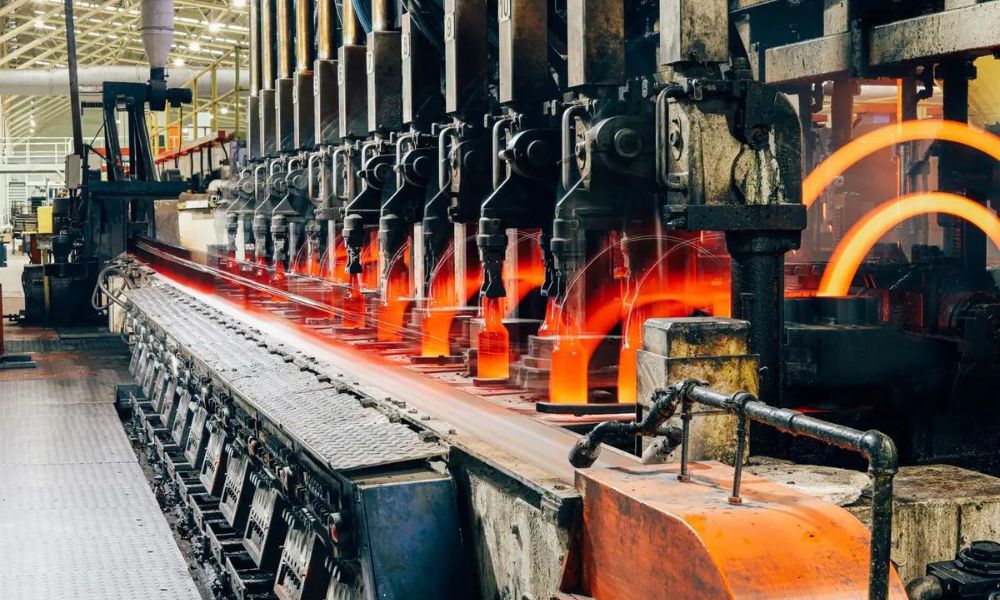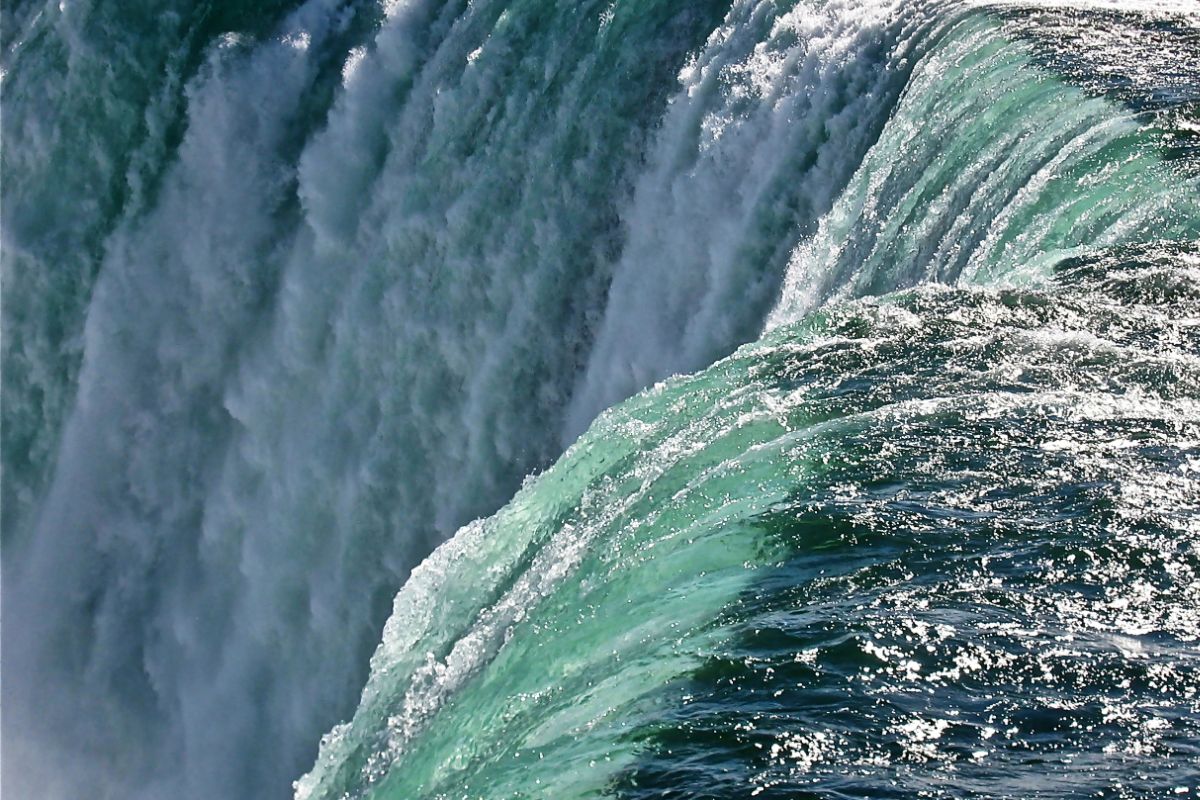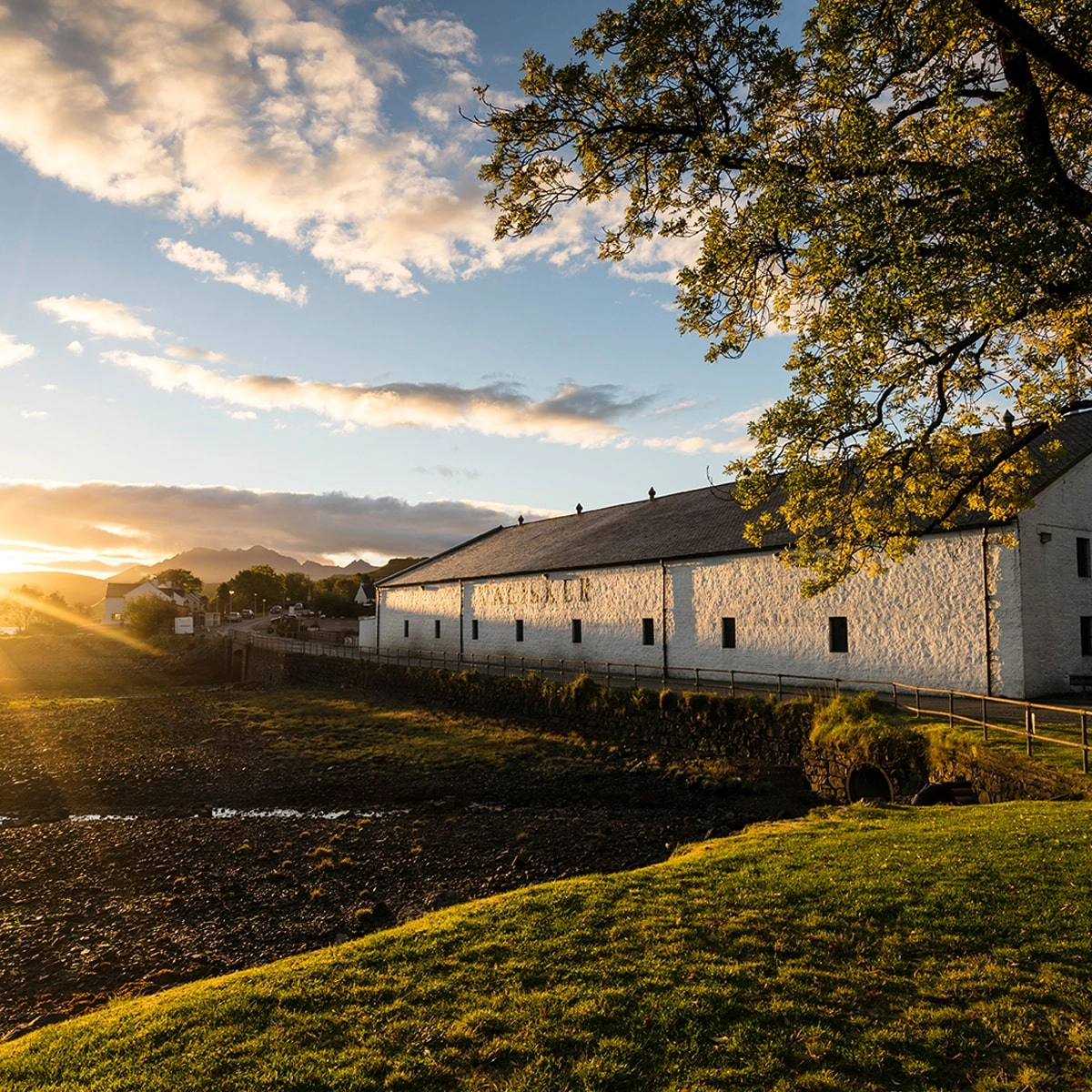
Scientists based at Heriot-Watt University announce their creation of a method that could not only decrease the associated waste production of distillation but also reduce the freshwater footprint used during hydrogen energy production. This could offer a sustainable, clean method for producing green energy and distilling whisky.
It’s estimated that collectively the world’s distilleries create an output of one billion litres of wastewater each year as a result of the whisky distillation process. Scotland’s distilleries alone contribute to one million litres of that total.
Hydrogen is considered a green energy as it doesn’t produce carbon when burnt, whereas fossil fuels do. So increased availability of hydrogen for energy use could help contribute towards offsetting the detriment to the environment and reduce reliance on such energy sources.
However, the current process of producing hydrogen uses approximately 20.5 billion litres of fresh water each year which in itself has room for improved sustainability.
The whisky distillation process is extremely polluting as ethanol fermentation results in the lower PH of the wastewater and increased acidity. Additionally, distillation can cause increased salinity and temperature of the wastewater and result in other organic matter such as nitrogen compounds.
Current attempts at using distillation wastewater to generate green energy often fail. This is because the electrolyser or unit that separates water into hydrogen and oxygen can’t isolate them from one another due to the presence of additional organic matter.
A scientist in Heriot-Watt’s School of Engineering and Physical Sciences, Dr Sudhagar Pitchaimuthu explains the levels of waste currently generated as a result of both the distillation process and green energy creation:
“It takes 9kg of water to produce every 1kg of green hydrogen. Meanwhile, every 1 litre of malt whisky production creates about 10 litres of residue. To help protect the planet, we need to reduce our use of freshwater and other natural resources. So our research focused on how to use this distillery wastewater for green hydrogen production with a simple process that removes waste materials present in the water.”
Dr Pitchaimuthu and his team have created the solution; a particle which is 10,000th the diameter of a human hair. This nanoparticle removes the organic matter from the wastewater, allowing the converted water to be used within an electrolyser for hydrogen extraction. The levels of hydrogen created were measured to be at similar levels or higher than when using fresh water.
Pitchaimuthu and the Heriot-Watt team are now planning on scaling up their production of the nanoparticles and creating their own prototype electrolyser to investigate whether additional useful materials could be produced from distillation wastewater output treated by the nanoparticles.
This research was undertaken in collaboration with the University of Bath’s Department of Chemical Engineering and The Scotch Whisky Research Institute. Additionally, it was funded by Heriot-Watt’s School of Engineering and Physical Sciences.
Source: https://www.hw.ac.uk/news/articles/2024/distilling-industry-wastewater-could-create.htm



